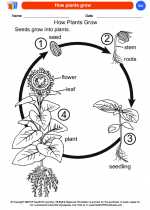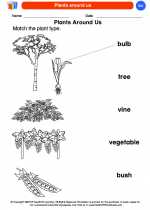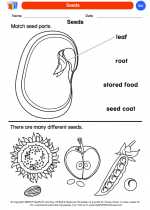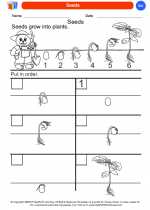What is Haumea?
Haumea is a dwarf planet that orbits the Sun beyond the orbit of Neptune. It was discovered in 2004 and is known for its elongated shape, which is unlike any other object in the solar system.
Physical Characteristics
Haumea is approximately the same size as Pluto, with a diameter of about 1,400 miles. It is elongated in shape, resembling a rugby ball, and is one of the fastest rotating large objects in our solar system, completing a full rotation in just under four hours.
Surface Features
Haumea's surface is covered in a bright, reflective material, which is thought to be a thin layer of crystalline water ice. It also has a reddish coloration, possibly due to irradiation from cosmic rays over millions of years.
Moons
Haumea has two known moons, Hi'iaka and Namaka, which are named after the Hawaiian goddess's daughters. These moons were discovered in 2005 and 2006, respectively.
Orbital Characteristics
Haumea has a highly elliptical orbit that takes about 283 years to complete. It is classified as a member of the "dwarf planet" category, along with Pluto, Eris, and Makemake.
Conclusion
Studying Haumea provides us with valuable insights into the diversity of objects in our solar system and the conditions that existed during its formation. Its unique shape and characteristics continue to fascinate scientists and astronomers as they seek to unravel the mysteries of our celestial neighborhood.
[Haumea] Related Worksheets and Study Guides:
.◂Science Worksheets and Study Guides Kindergarten. All About Plants

 Coloring Worksheet
Coloring Worksheet
 Coloring Worksheet
Coloring Worksheet
 Coloring Worksheet
Coloring Worksheet
 Coloring Worksheet
Coloring Worksheet
 Coloring Worksheet
Coloring Worksheet
 Coloring Worksheet
Coloring Worksheet
 Coloring Worksheet
Coloring Worksheet
 Coloring Worksheet
Coloring Worksheet
 Coloring Worksheet
Coloring Worksheet
 Coloring Worksheet
Coloring Worksheet
 Coloring Worksheet
Coloring Worksheet
 Coloring Worksheet
Coloring Worksheet
 Coloring Worksheet
Coloring Worksheet
 Coloring Worksheet
Coloring Worksheet
 Coloring Worksheet
Coloring Worksheet
 Coloring Worksheet
Coloring Worksheet
 Coloring Worksheet
Coloring Worksheet
 Coloring Worksheet
Coloring Worksheet
